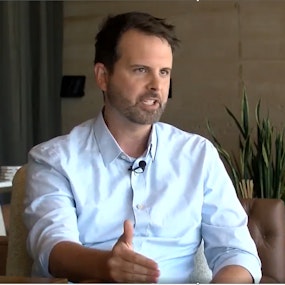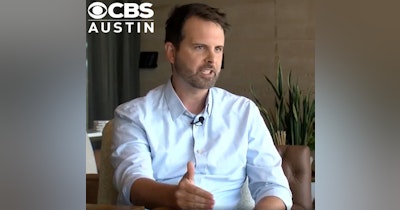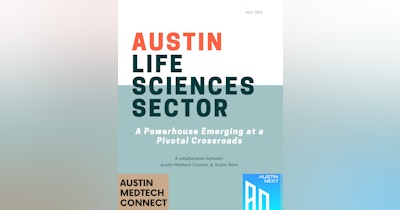The global venture funding landscape narrative for the first half of 2023 has been portrayed as one of stagnation. Headlines from notable publications, such as Crunchbase's "AI Was Q2’s Big Hope To Reverse The Global Venture Funding Slowdown. It Wasn’t Enough," and Fortune's cautious "VC Dealmaking Continues to Lag, and the Market Bottom Could Still Be 6 Months Away," vividly capture this sentiment. However, when I investigated Austin's startup ecosystem, a divergent story of resilience, growth, and potential began to unfold.
But relying solely on these metrics and my own intuition seemed inadequate. As we reached the midpoint of the year, I decided to perform a comparative analysis using the latest Pitchbook Venture Monitor Summary data.
I mapped the venture funding progress of the top ten metro areas, as measured by VC investment from 2019 to now, and it revealed a fascinating pattern.
If we take the first half of 2023 as a proxy for the rest of the year, Austin and Washington DC seemed to have hit an inflection point during 2021-2022, sustaining some of that momentum despite current economic pressures. Concurrently, Boston and Silicon Valley showcased their enduring lead and preeminent status.In contrast, other regions seemed to be regressing to their pre-bubble mean. The Austin narrative's divergence from the global venture funding slowdown narrative is intriguing and demands attention.
One of the central questions of Austin Next has been the evolution of the ecosystem. The story of a region's transformation into a superstar innovation hub however cannot be fully captured by venture funding alone. This continual fascination of mine revolves around two key objectives: first, measuring and understanding regional innovation and, second, using that understanding to inform my grasp of the ongoing transformation.
This question of what are the proper metrics to monitor came up again recently during a podcast with Startup Genome. We examined their Global Startup Ecosystem Report, where Austin maintained our 25th rank from last year. Although this was primarily due to a fall in large-scale exits, it was counterbalanced by an increase in the number of unicorns. However, when regions like Amsterdam, Sydney, and Bengaluru outranked Austin, it caught my attention, especially given the influx of high-profile VCs flocking to Austin. Our discussion revealed a disconnect between their retrospective data-driven ranking and the perception of future potential, an element I felt was missing in their report.
This challenge is something I've pondered for some time, as I discussed it in a LinkedIn post nearly a year ago. Innovation is more than the sum of its inputs – workers, patents, capital, infrastructure - and while it’s created locally, its effects are distributed globally, making its measurement intricate and nuanced.
The scenario becomes even more complex with the advent of generative AI. The expanding toolbox it provides is accelerating, democratizing, and decentralizing innovation in unprecedented ways.
There's a certain "I know it when I see it" quality to superstar innovation hubs. They're a mix of historical achievement and future potential. Whether it's Silicon Valley's technology dominance, Detroit's post-war automotive boom, or London's industrial revolution prowess, these hubs capture a unique spirit that transcends conventional metrics.
If Austin is indeed poised to join this elite club, having a grasp on how to measure and understand this transformation while it's happening is vital. And that is the fascination driving this analysis and the journey forward.









